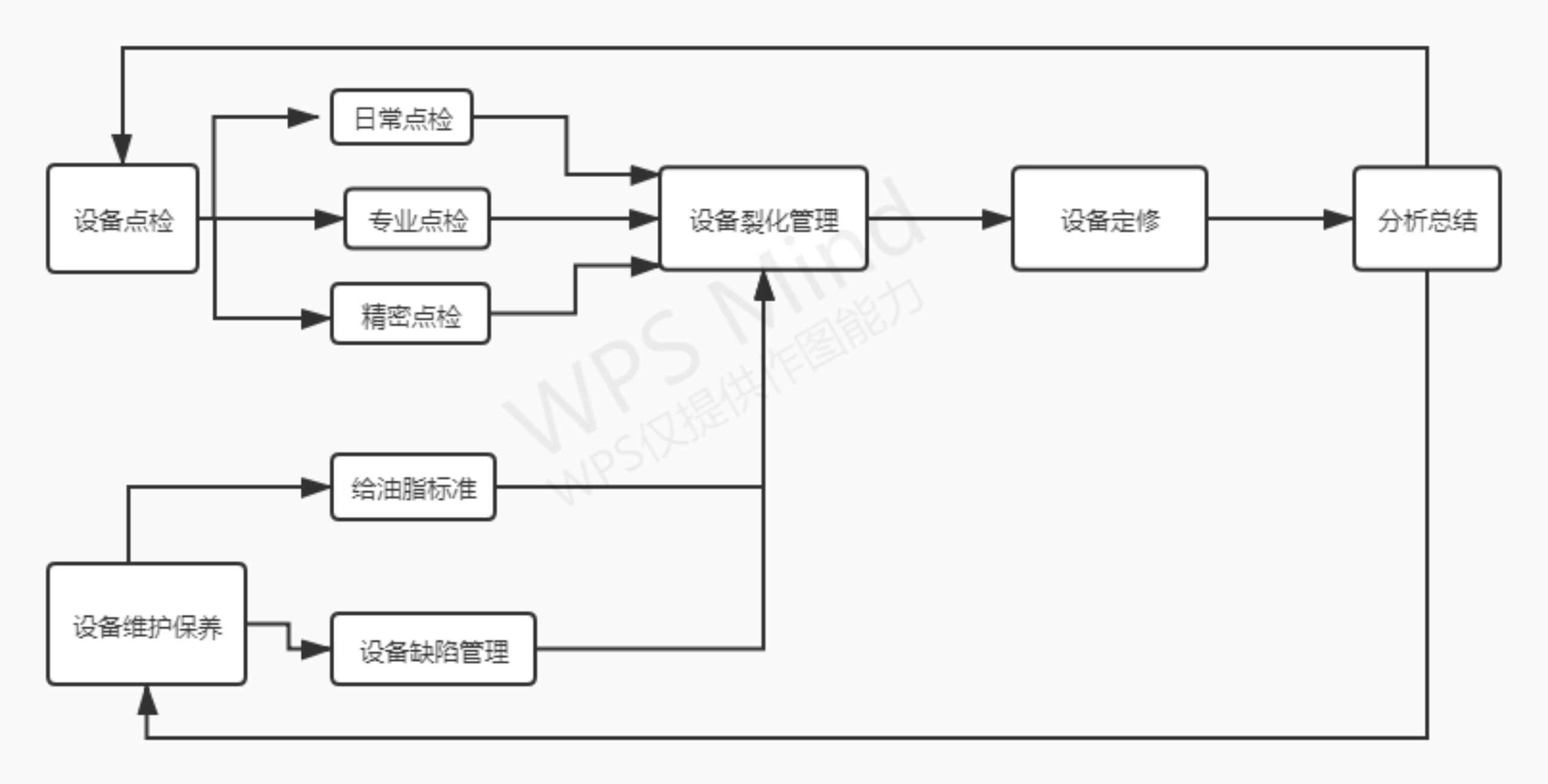Integrated Equipment Inspection and Maintenance Management System (1)
Background
In the new development stage, guided by new development concepts, we aim to achieve new development goals. 2021 marks a significant year for management enhancement across the Group Company. Aligned with the new development requirements, we start from micro-level management by focusing on details, measures, and specific tasks. Adhering to the principle of identifying and resolving existing issues, we have established quantifiable and detailed management objectives to promote standardization and digitalization of management practices.
Through studying equipment maintenance practices from advanced domestic cogeneration enterprises and adapting their management philosophies to our operational context, we have developed a customized Integrated Equipment Inspection and Maintenance Management System.
System Overview
This system establishes a closed-loop equipment management approach that integrates routine, professional, and precision inspections with maintenance data analysis. Key components include:
- Statistical analysis of equipment degradation trends through inspection data and lubrication records
- Determination of maintenance cycles based on predictive maintenance principles
- Continuous optimization of inspection and maintenance protocols through feedback mechanisms
- Full-lifecycle equipment management involving all stakeholders

Implementation Measures
1. Unique QR Code Identification for All Equipment
Each equipment unit features a dedicated QR code containing:
- Basic equipment specifications
- Professional inspection checklists
- Lubrication records
- Maintenance history
- Technical documentation
- Standard operating procedures

2. Field Operations via Mobile Interface
Personnel access customized functional modules through WeChat scanning:
- Pre-formatted inspection checklists with selection options
- Multimedia upload capabilities (images, videos, documents)
- Role-based access control for inspectors, technicians, and managers


3. Abnormal Inspection Handling
Real-time notification system for workflow management:
- Automatic alerts to designated managers upon exception reporting
- Task assignment and progress tracking
- Closed-loop verification upon issue resolution

Example: Mechanical Daily Inspection Checklist


4. Plan Management System
Comprehensive scheduling features:
- Daily/Weekly/Monthly inspection plans
- Overhaul and maintenance schedules
- Real-time progress monitoring
- Automated deadline reminders
- Performance analytics dashboard


5. Data Analysis and Reporting
Advanced data processing capabilities:
- Exportable reports in Excel/PDF formats
- Equipment degradation pattern analysis
- Maintenance cycle optimization tools
- Historical performance benchmarking


Key Benefits
Transition to Predictive Maintenance
- Identifies critical components prone to degradation
- Establishes standardized inspection parameters
- Replaces reactive maintenance with data-driven prevention
Dynamic Value Optimization
- Continuous PDCA cycle improvements (Plan-Do-Check-Act)
- Extended equipment lifecycle management
- Reduced downtime and maintenance costs
Digital Transformation
- Elimination of paper-based records
- Real-time equipment health monitoring
- Secure digital archives with enhanced accessibility
- Accelerated onboarding through standardized protocols
This system enables:
- Precise equipment condition tracking
- Optimized maintenance resource allocation
- Comprehensive equipment lifecycle management
- Data-driven decision making through analytics
- Improved cross-departmental collaboration